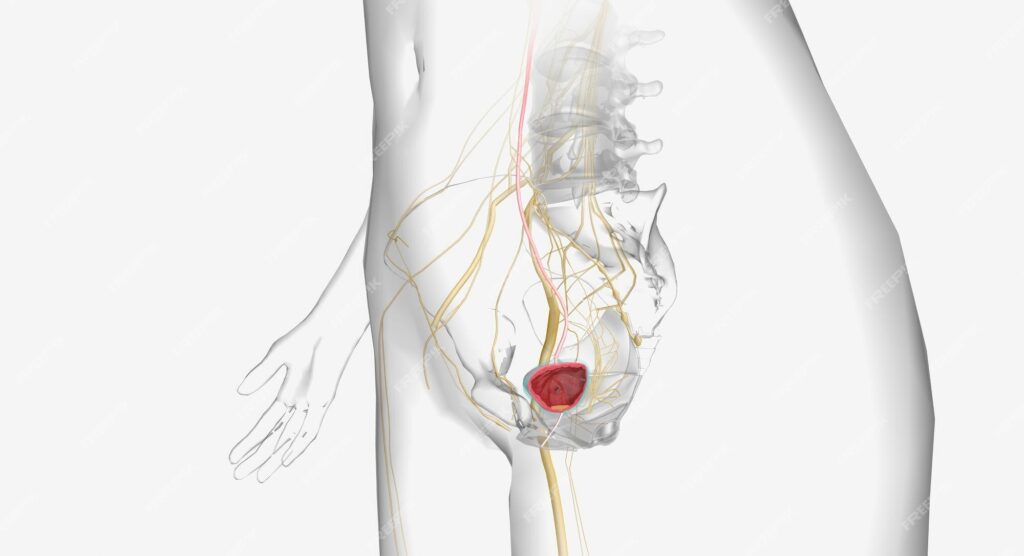Urinary Incontinence

Comprehensive Evaluation: Thorough assessment and diagnosis of urinary incontinence, a common condition characterized by involuntary leakage of urine.
- Detailed review of medical history, voiding habits, and physical examination to determine the type and severity of incontinence.
- Utilization of diagnostic tests such as urodynamic studies or bladder diary to evaluate bladder function and identify contributing factors.
Treatment Strategies: Individualized treatment plans aimed at improving bladder control and quality of life.
- Behavioral therapies including pelvic floor exercises (Kegels), bladder training, and fluid management to strengthen pelvic muscles and improve bladder function.
- Medical management with medications to alleviate symptoms of overactive bladder or stress urinary incontinence.
Advanced Interventions: Advanced treatment options for refractory cases or severe symptoms not responsive to conservative measures.
- Minimally invasive procedures such as botox injections, sacral neuromodulation, or bulking agent injections to improve bladder control.
- Surgical interventions including sling procedures or artificial urinary sphincter placement for long-term management of stress urinary incontinence.
